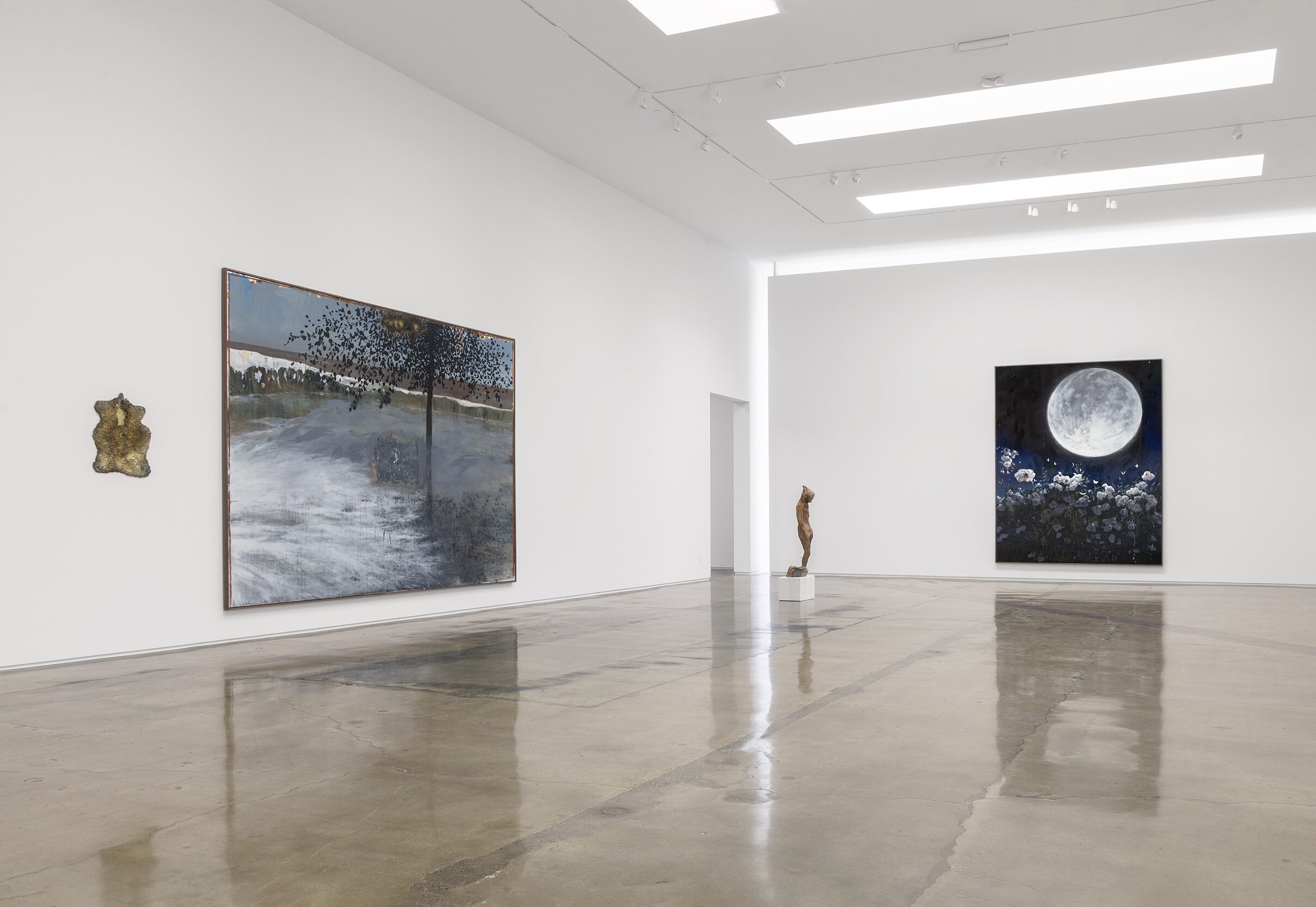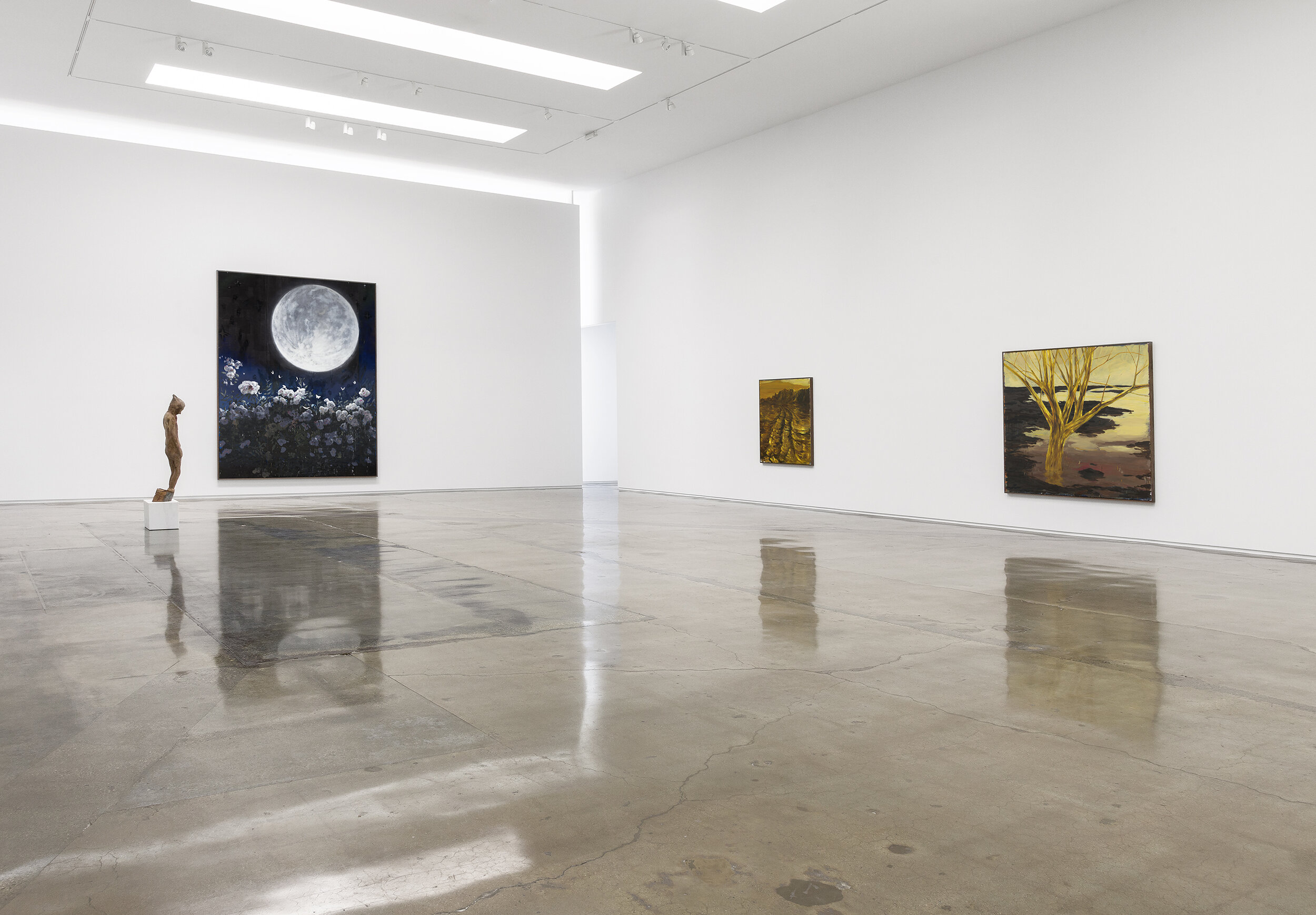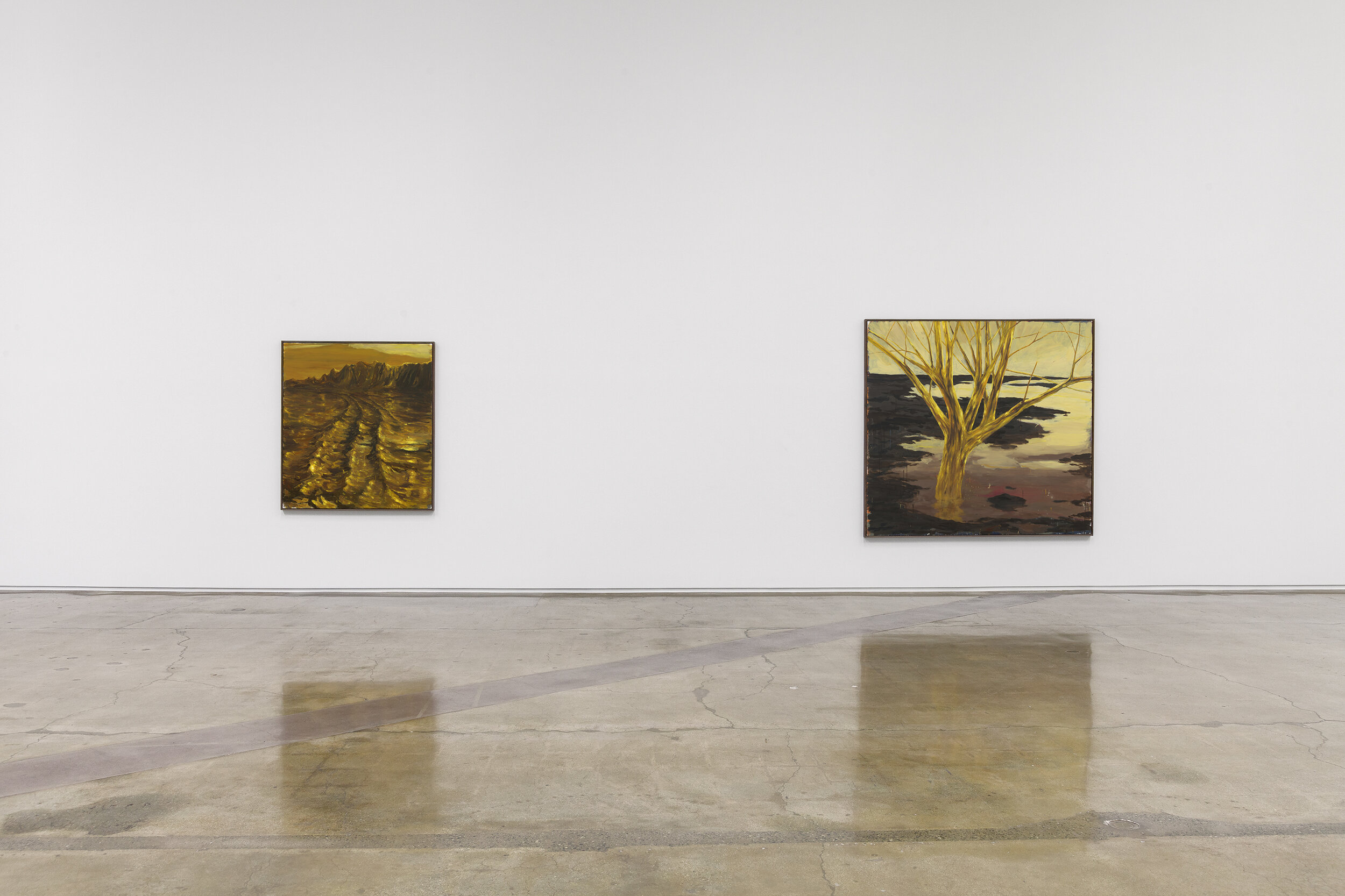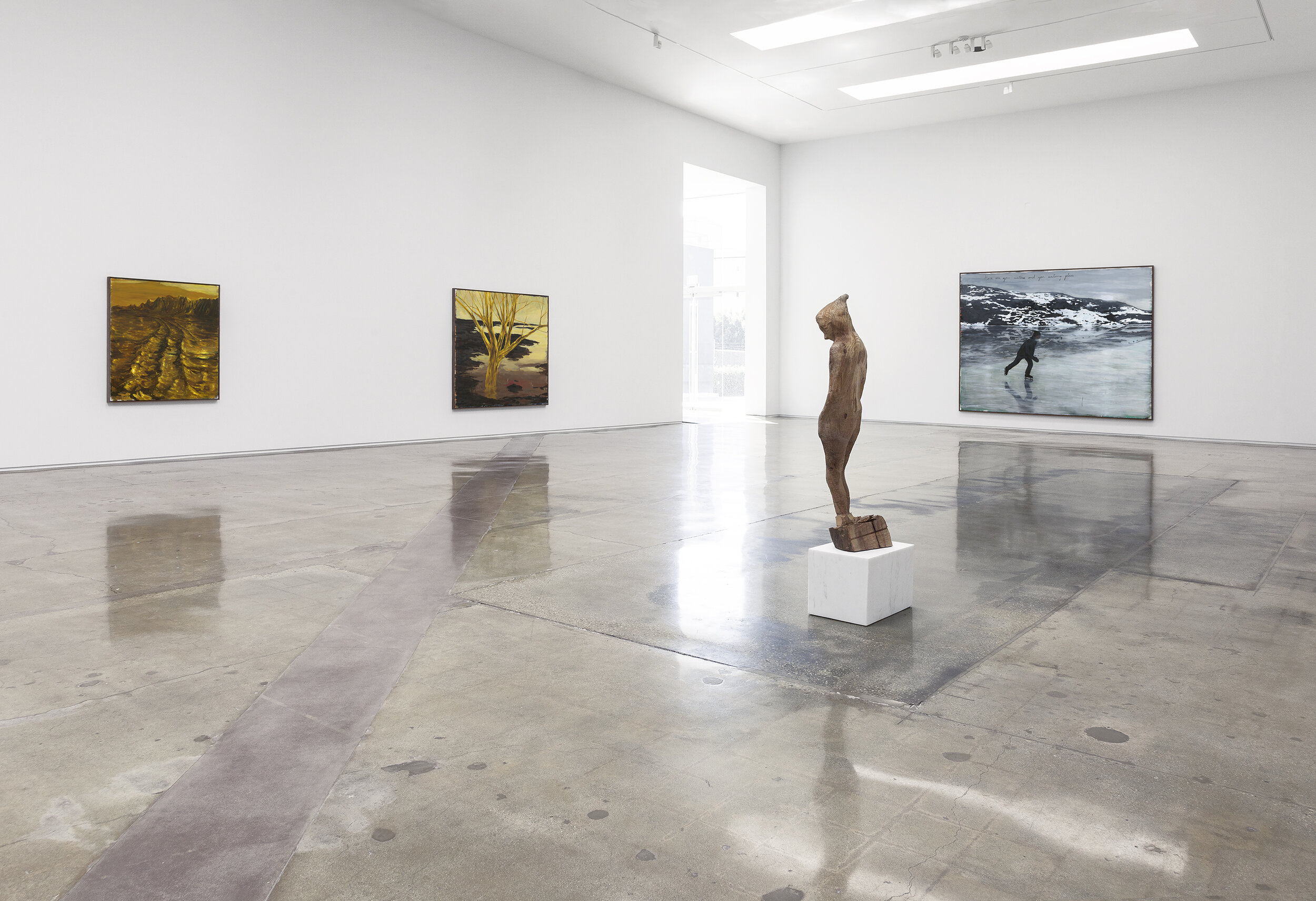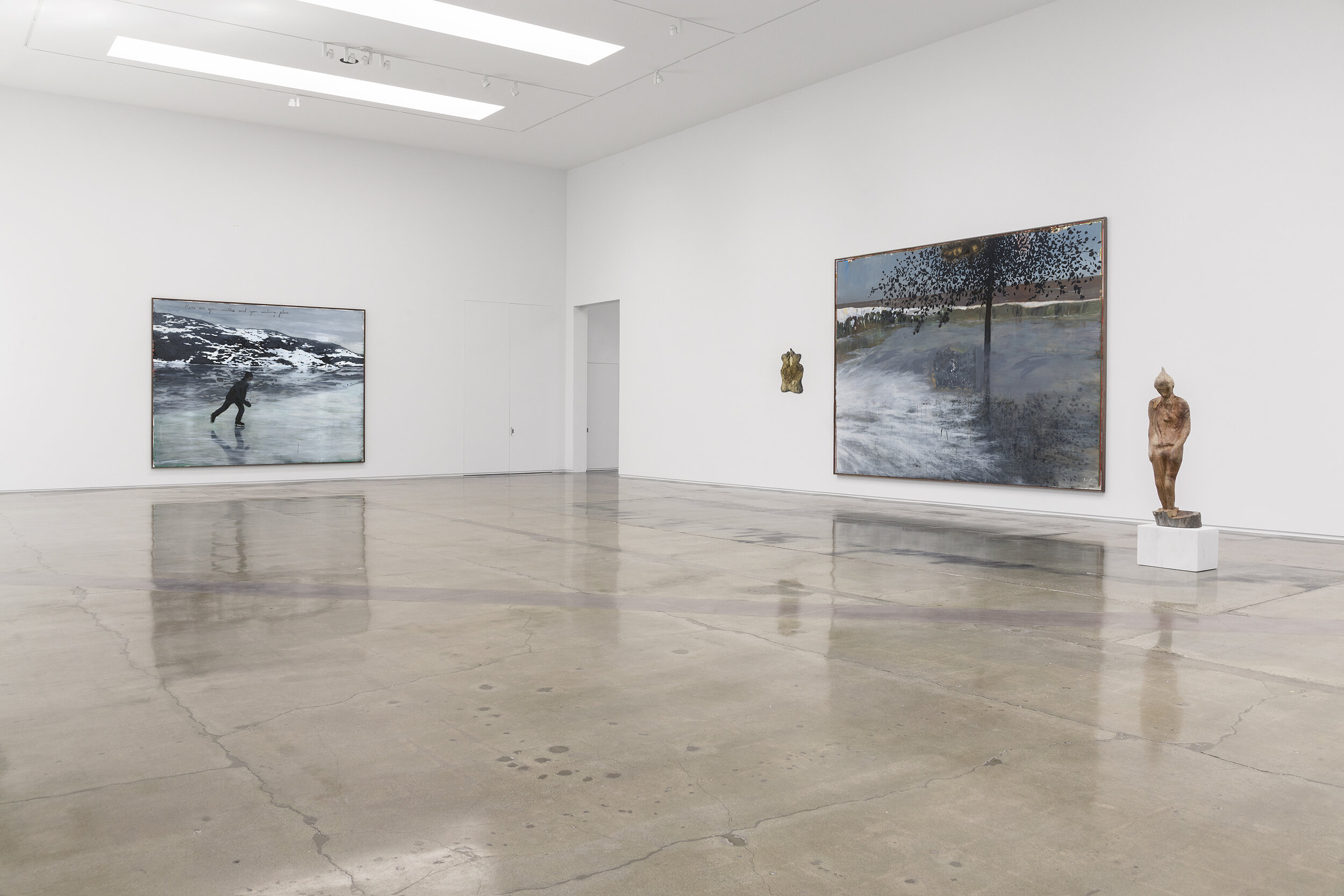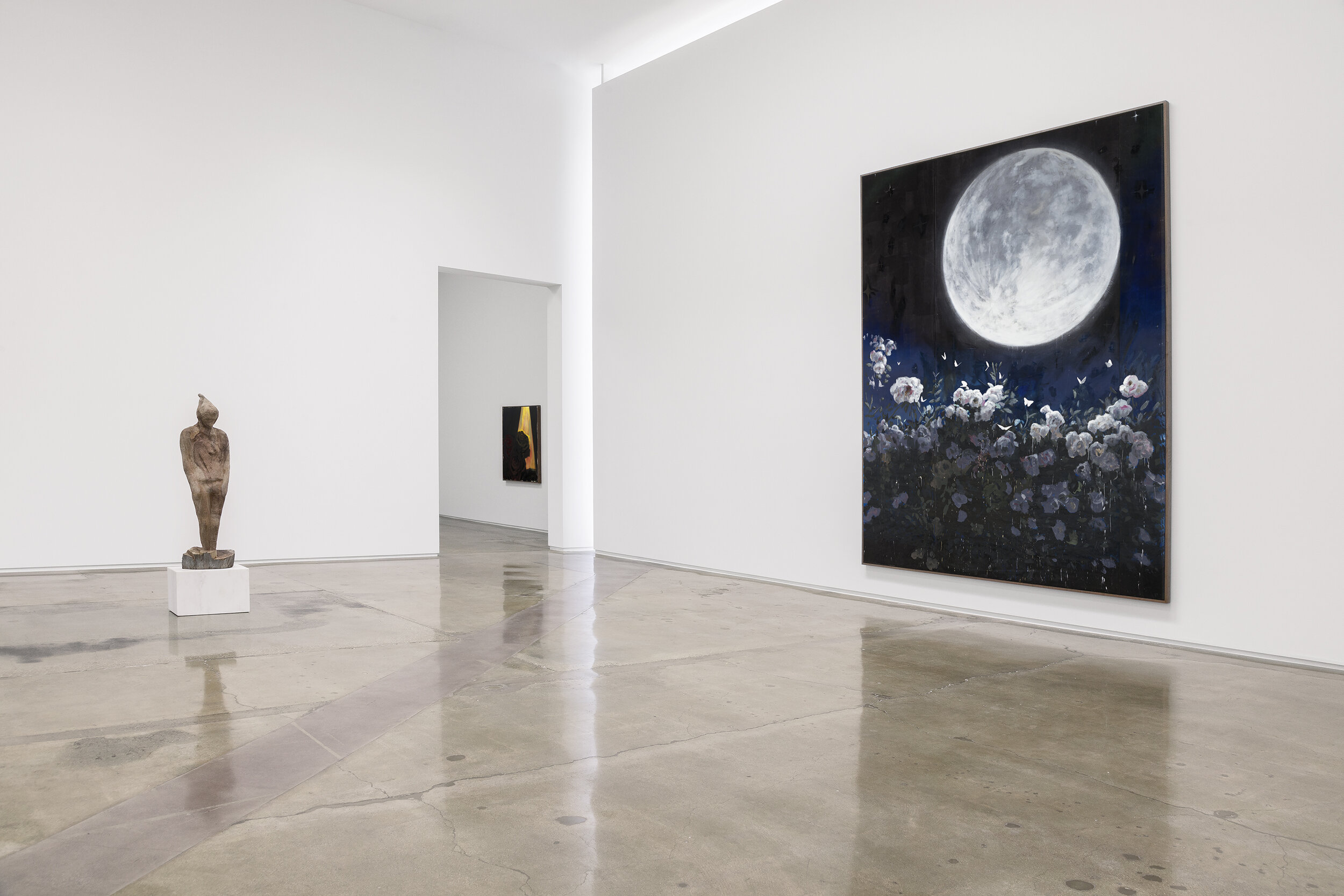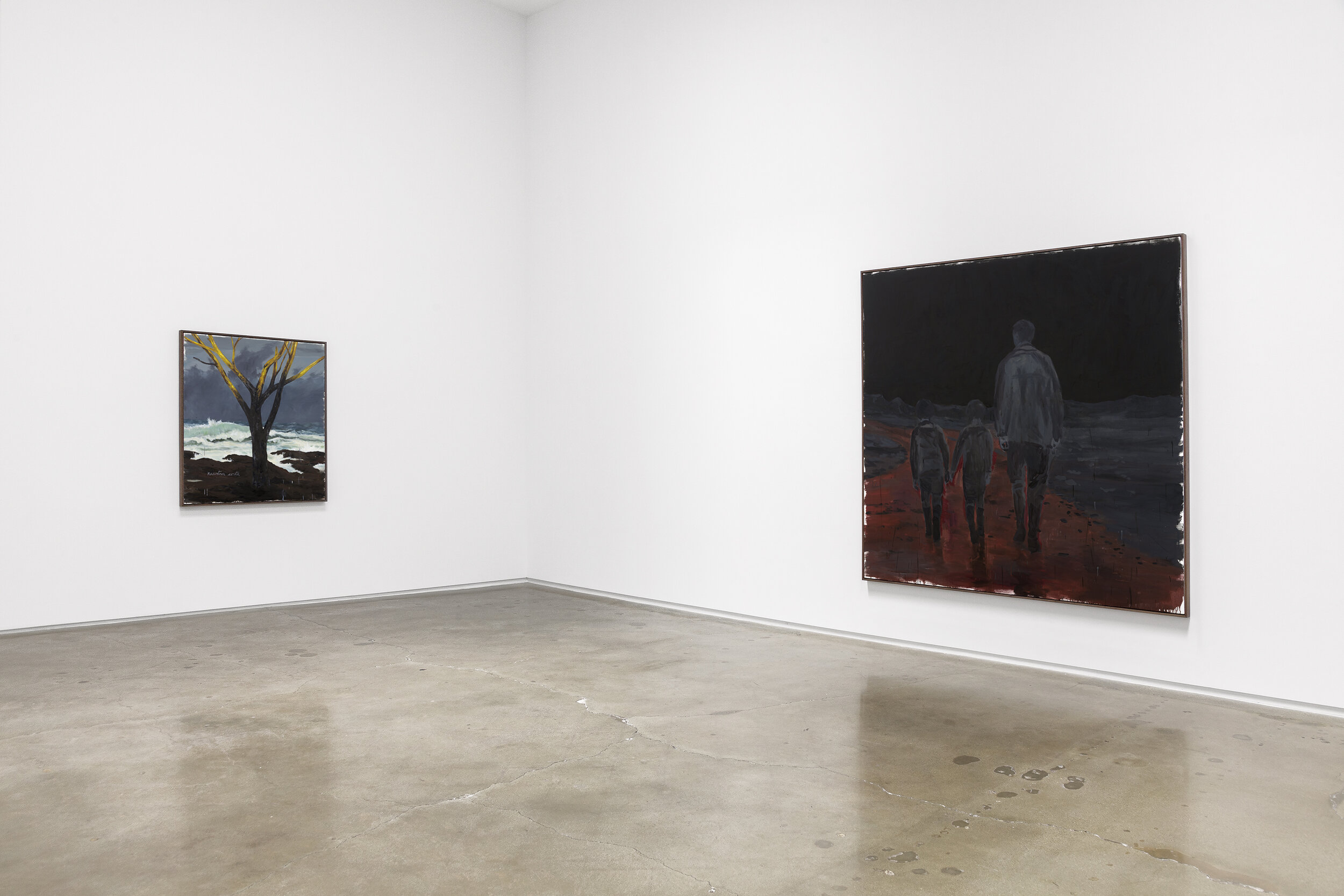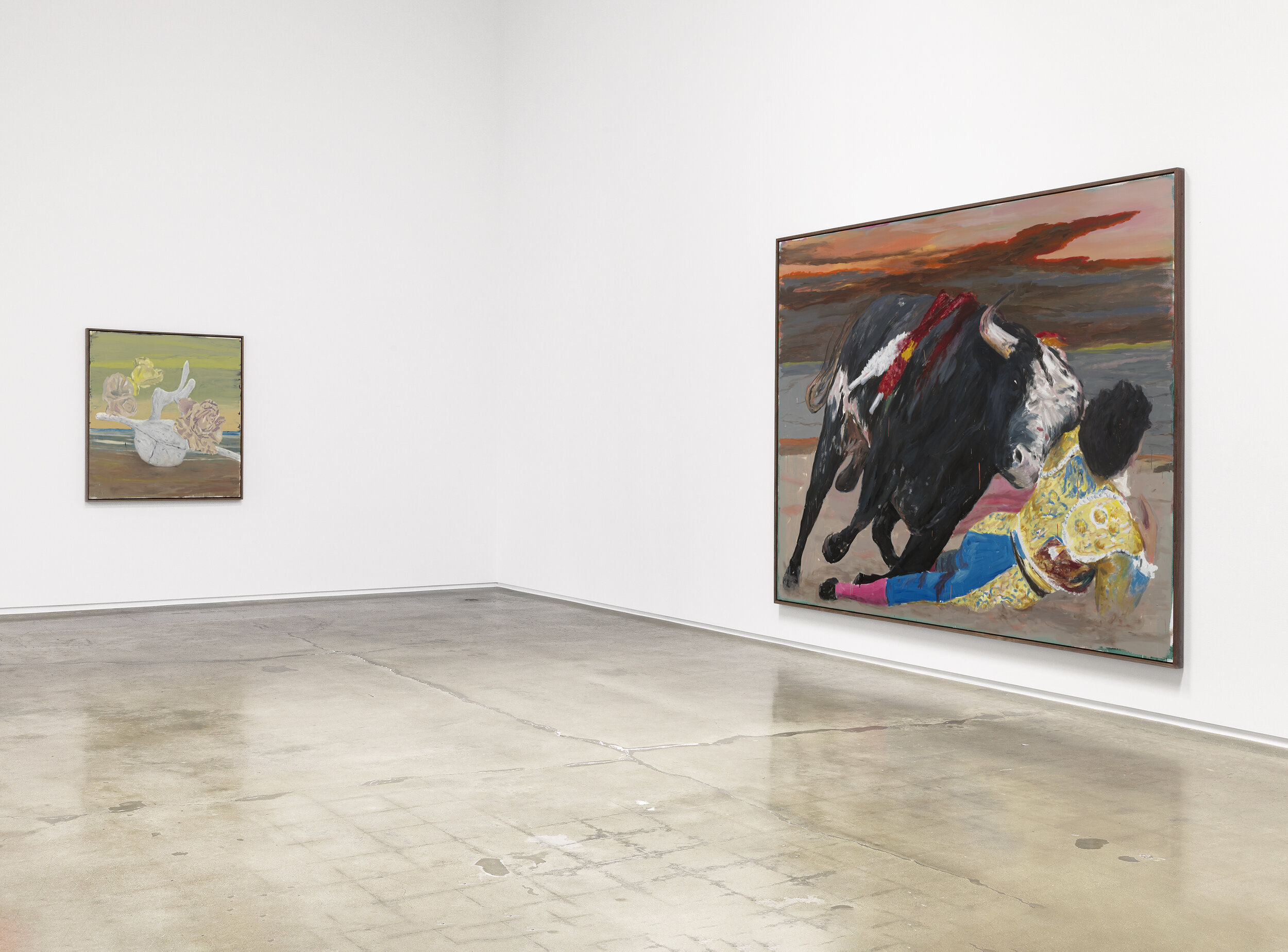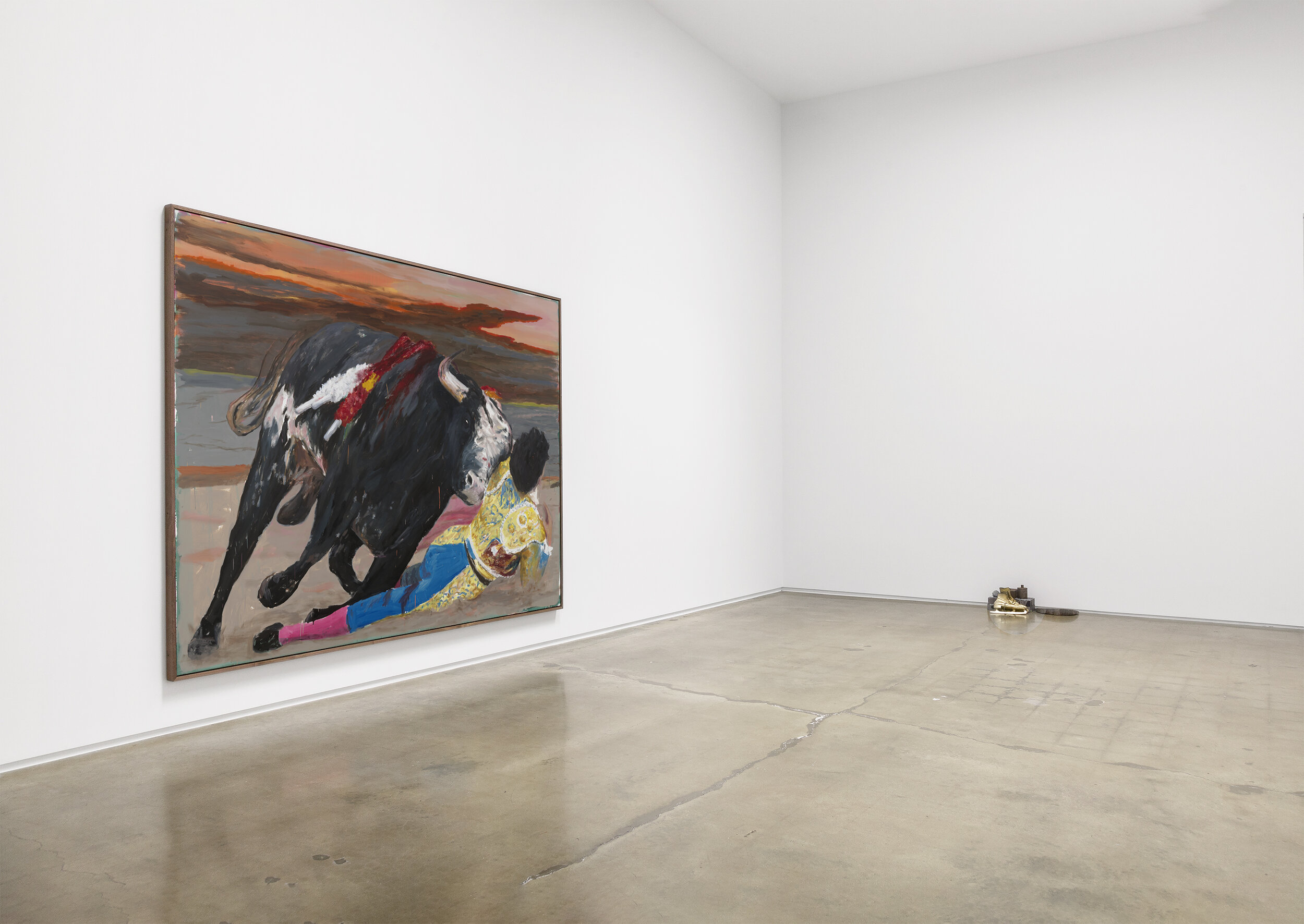ENRIQUE MARTÍNEZ CELAYA

“What is most important to me in a work of art—whether mine or another artist’s—is presence and the way the work encourages us to be more than the petty day to day hustlers we tend to be.”
Interview by Amanda Quinn Olivar, Editor
Enrique Martínez Celaya is an artist and author who was also trained as a physicist. He is the founder of Whale & Star Press and the author of books in philosophy, poetry, and art, as well as scientific papers. He has created projects and exhibitions for the State Hermitage Museum in St. Petersburg, Russia, The Phillips Collection, Washington D.C., and the Museum der bildenden Künste Leipzig, among many others, as well as for institutions customarily outside of the art world, including the Berliner Philharmonie, the Cathedral Church of Saint John the Divine in New York, and the Dorotheenstadt Cemetery in Berlin. Work by the artist is held in over 50 public collections internationally, including the Metropolitan Museum of Art, the Los Angeles County Museum of Art, the Whitney Museum of American Art, the Moderna Museet in Stockholm, The Museum of Fine Arts, Houston, Museum der bildenden Künste Leipzig, and the Wadsworth Atheneum Museum of Art, Hartford. Martínez Celaya lives in Los Angeles and is represented by Kohn Gallery.
Amanda Quinn Olivar: Why do you make art now?
Enrique Martínez Celaya: My work helps me be present and to understand things better. By understanding, I don't mean in a rational sense, but as recognition or revelation of what is, of the way things are.
AQO: You were born in Cuba, raised in Spain, and then Puerto Rico, where you were an artist's apprentice by age 11. Tell us about that time. Did your family and your early life as an immigrant influence your direction?
EMC: As a kid, I used drawing to process the story and the fiction of what was going on around me. The displacement of migration made the need for stories and sorting more urgent, so art and writing became increasingly important. I was lucky an artist had a studio near where my parents worked, so I apprenticed with him, and he taught me many things that are now part of my practice.
Enrique Martínez Celaya in his Culver City studio, 2019
Enrique Martínez Celaya, The Lesson, 2019, oil and wax on canvas, 86 x 82 inchesMartínez
Enrique Martínez Celaya, The Promise of the Most Whole, 2019, oil and wax on canvas, 75 x 82 inches
AQO: You studied so many things in school: literature, poetry, philosophy. How have these subjects impacted your life?
EMC: I don't think in terms of subjects... Instead, I see literature, philosophy, art, and science as different vantage points from which to consider what is. Each approach offers a different view of reality, and in this sense, they are different, but this difference is not fundamental. What animates them, what connects them to life, and to the source from which meaning emerges, is the same.
Literature shaped my moral universe and my sensibility towards the nuance of interior life and choices. Physics has shown me how spectacular and interconnected everything is. Philosophy has allowed me to examine my positions and how I describe them and also has given me a methodology to approach the trickiest questions. Art is the way by which I try to put all these things together.
AQO: Has science always been an integral part of your identity? How did you connect art and science?
EMC: Science was there in my relationship with the world before I knew what science was. It was there when I watched the waves crashing on the beach of my childhood, in my wonder about the rainbow after the rain, and when I looked at the stars. My interest in physics grew naturally from these observations.
Enrique Martínez Celaya, The Faithful, 2019, oil and wax on canvas, 150 x 116 inches
Enrique Martínez Celaya, The Faithful (detail), 2019, oil and wax on canvas, 150 x 116 inches
AQO: What is your medium of choice, and what are your favorite materials to work with?
EMC: I don't like to define myself through the materials I use, because each day something new becomes appealing. That being said, I have a long relationship with oil paint, though not always an easy relationship.
AQO: The title of your first solo exhibition in Los Angeles at Kohn Gallery is The Tears of Things. What does that title mean?
EMC: The title comes from one way to translate a passage in Virgil's Aeneid. To me, it suggests the interconnectivity of all things, the shared Being of matter and heart, and it acknowledges the world is a participating witness in the trajectory of our lives.
AQO: I sense a loneliness in your paintings, in your subject matter... Could you elaborate on this?
EMC: In my work, I don't have a lot of interest in culture, politics, artistic references, or human dynamics, and these tend to be the themes that make paintings feel less lonely. For me, there are more basic and more urgent questions about the nature of ourselves and what we see around and in us. Art and literature are the best ways I know of exploring the territory suggested by these questions.
AQO: What is most important to you about the visual experiences you create?
EMC: What is most important to me in a work of art—whether mine or another artist's—is presence and the way the work encourages us to be more than the petty day to day hustlers we tend to be.
Enrique Martínez Celaya, The Well, 2014, bronze, 152 x 65 x 59 inches
Enrique Martínez Celaya, El Trineo (The Sleigh), 2019, metal and wood wedges, 73 x 200 x 80 inches (installed in Havana’s Malecón, Cuba, for the 13th Havana Biennial, 2019)
AQO: Tell us about your recent project in Havana... Did that have anything to do with exploring your Cuban roots?
EMC: It was an opportunity for me to go back to Cuba after many years and approach the legacy of my family, the dynamics of the realities and dreams of exile, and the way I understood myself in relationship to Cuba. For my project for the Detras del Muro section of the Bienal de la Habana, I was given a great site in front of the sea in Havana's Malecón, and I installed a large sleigh assembled with welded metal fragments of furniture and toys. The makeshift aspect of the sculpture echoed the makeshift construction of identity we all go through, especially exiles who often make re-invention an imperative of their lives. I am grateful to have placed this assembly against the constancy of the Cuban sea and its horizon, which is so full of promises and dread.
AQO: Relate a memory that changed your life and artistic outlook.
EMC: Well, to follow up on your previous questions, a memory that changed my life and outlook was boarding the Iberia plane when I left Cuba for Spain. For better or worse, exile expedites many of the realizations that life will bring about for everyone but usually with less of a hurry. Exile also makes it evident that we don't have the past or the future, but only the present moment.
AQO: What is your favorite art accident?
EMC: I depend on accidents, especially in painting, so I create the space for accidents in my studio, but I can't think of one that I would describe as my favorite.
Enrique Martínez Celaya, The Lesson, 2019, oil and wax on canvas, 86 x 82 inches
Enrique Martínez Celaya, The Tears of Things
Kohn Gallery, September 13—November 2, 2019
Feature portrait: Enrique Martínez Celaya in his Culver City studio, 2019
All images courtesy of the artist and Kohn Gallery
